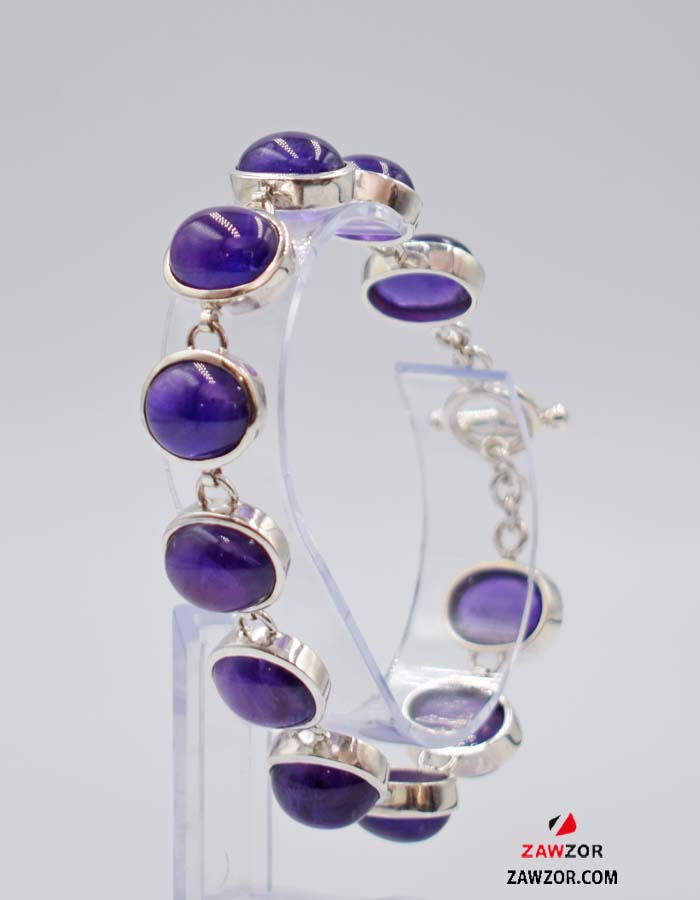The Allure Of Amethyst

Amethyst, a captivating gemstone treasured for millennia, boast a rich history and mesmerizing beauty. The captivating range of violet hues, from light lavender to deep, rich purple, has captivated royalty, adorned religious artefacts and inspired countless myths and legends. This blog post delves into the world of amethyst, exploring its geological origins, cultural significance, and enduring popularity.
A geological Marvel
Amethyst belongs to the quartz family, the most abundant mineral on earth. Its violet hues arise from trace amounts of iron, sometimes accompanied by manganese and titanium. Volcanic activity plays a crucial role in Amethyst formation. As silica-rich volcanic fluids fill cavities in rocks, they cool and crystallize, giving rise to Amethyst deposits. These deposits are predominantly found in Brazil, Uruguay, Siberia and parts of Africa.
A Journey Through Time; Amethyst Cultural Significance.
Amethyst's presence can be traced back to ancient civilizations. The Egyptians associated it with their god of win, Osiris, believing it protected the deceased in the afterlife. The Greeks and Romans linked Amethyst to Bacchus, the god of wine and revelry, attributing to it the power to promote sobriety and clear thinking. Throughout history, amethyst has been adorned by royalty. Believed to symbolize wealth, power and wisdom, bishops in the Catholic Church wore Amethyst rings, and it has even found its place within British Crown Jewels.
The Allure Of Amethyst Jewellery.
Amethyst's enduring popularity in jewellery is undeniable. Its captivating colours complement a variety of skin tones and styles. The gemstone's versatility allows it to be crafted into a wide range of jewellery pieces, from delicate earrings and pendants to statement necklaces and bold rings. Amethyst can be beautifully paired with diamonds, pearls or other gemstones, creating stunning combinations. whether in a classic or contemporary design, amethyst jewellery adds a touch of sophistication and elegance to any outfit.
Beyond Jewellery; The Versatility Of Amethyst
Amethyst's applications extend beyond the realm of jewellery. Due to its hardness and durability, it is often used in decorative objects such as bowls, figurines, and even sculptures. Additionally, some cultures believe Amethyst possesses metaphysical properties, promoting healing, peace and spiritual growth.
